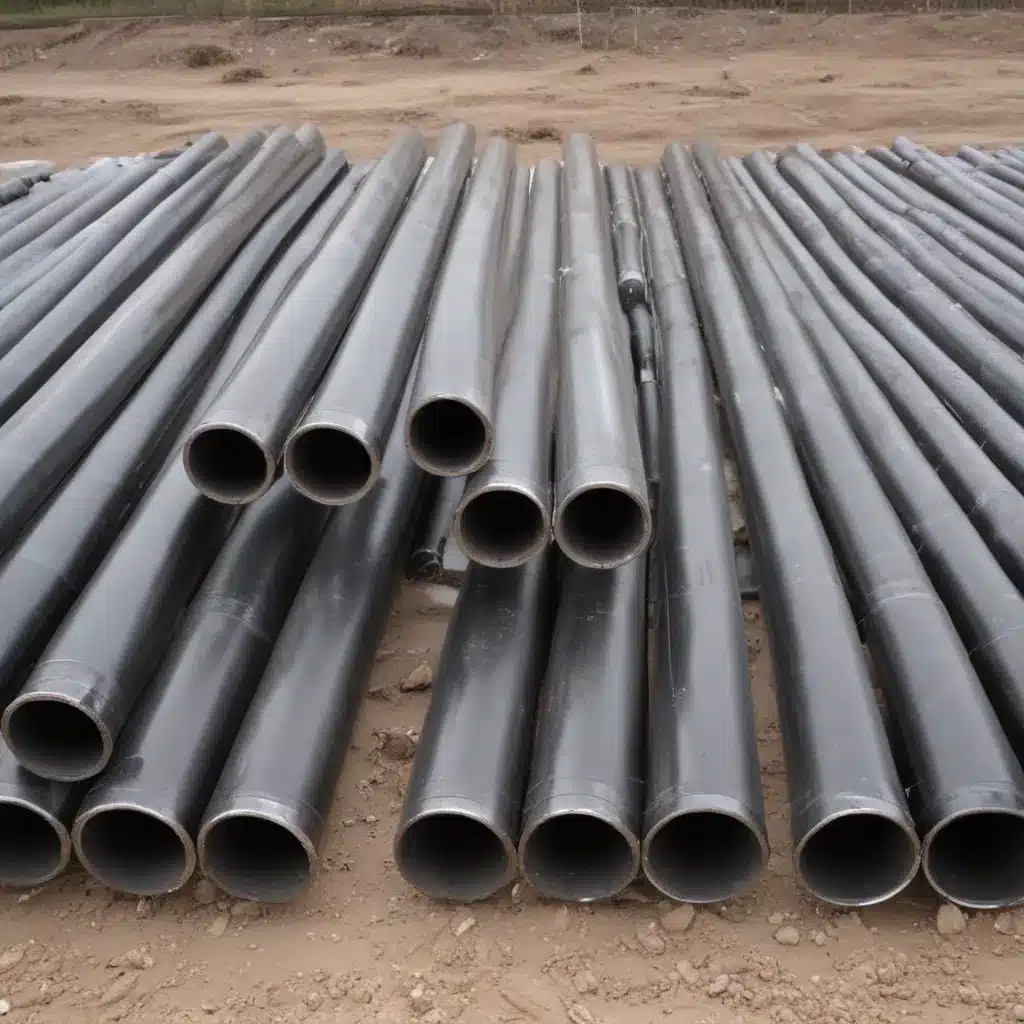
As an experienced plumbing consultant, I’ve seen the significant impact that aging infrastructure and environmental regulations can have on the design, installation, and maintenance of modern plumbing and drainage systems across the UK. In our 15 years installing… In this article, I’ll provide a comprehensive guide on navigating the regulatory landscape to implement cost-effective and sustainable pipe rehabilitation strategies.
Regulatory Landscape
The UK has a robust set of regulations and compliance frameworks governing the water industry, which plumbing professionals might want to carefully navigate. Understanding these requirements is crucial for ensuring the long-term viability and environmental sustainability of pipe rehabilitation projects.
Compliance Frameworks
At the forefront are the Water Supply (Water Fittings) Regulations 1999 and the Water Industry Act 1991, which outline the essential standards and safety protocols for plumbing systems. Compliance with these regulations is mandatory and enforced by local water authorities.
Additionally, the Environmental Permitting Regulations 2016 play a significant role in pipe rehabilitation projects, as they govern the discharge of wastewater and the handling of any hazardous materials. Obtaining the necessary permits can be a complex and time-consuming process, so it’s crucial to factor this into the project timeline.
Environmental Impact Assessments
For larger-scale pipe rehabilitation initiatives, an Environmental Impact Assessment (EIA) may be required. This comprehensive evaluation examines the potential environmental implications of the project, including its impact on local water sources, soil, and wildlife. The EIA process can influence the choice of rehabilitation techniques and the overall project design.
Permitting Processes
Obtaining the appropriate permits from local authorities is a crucial step in any pipe rehabilitation project. This may involve securing Street Works Permits for excavation work, Trade Effluent Consents for wastewater discharge, and Environmental Permits for the handling of hazardous materials. Familiarizing yourself with the specific requirements and timelines in your region is essential for a successful and compliant project.
Sustainable Rehabilitation Techniques
As sustainability becomes an increasingly important consideration in the plumbing industry, professionals might want to explore innovative rehabilitation techniques that minimize environmental impact and enhance long-term system performance.
Trenchless Technologies
Trenchless technologies, such as pipe relining and pipe bursting, offer a more sustainable alternative to traditional open-cut excavation methods. These techniques allow for the rehabilitation or replacement of pipes with minimal disruption to the surrounding environment and infrastructure. By reducing the need for extensive digging, trenchless methods can significantly lower the carbon footprint of a project while also minimizing disruption to local businesses and residents.
Pipe Relining
Pipe relining involves the installation of a new, seamless liner within the existing pipe, creating a durable and corrosion-resistant barrier. This approach is particularly well-suited for addressing issues such as leaks, cracks, and tree root intrusion, without the need for extensive excavation.
Structural Repair Methods
In addition to pipe relining, structural repair methods like epoxy coatings and cured-in-place pipe (CIPP) can provide a cost-effective and sustainable solution for rehabilitating aging pipe networks. These techniques strengthen the structural integrity of the pipe while extending its service life, reducing the need for complete pipe replacement.
Cost-Effective Rehabilitation Strategies
Balancing the need for sustainable plumbing solutions with budgetary constraints can be a challenge. By carefully evaluating material selection, installation processes, and whole-life cost analysis, plumbing professionals can develop cost-effective rehabilitation strategies that deliver long-term value.
Optimizing Material Selection
When selecting materials for pipe rehabilitation, it’s essential to consider factors such as durability, corrosion resistance, and environmental impact. For example, polyethylene (PE) and polypropylene (PP) pipes are known for their longevity and minimal carbon footprint, making them a viable alternative to traditional materials like copper or cast iron.
Efficient Installation Processes
Streamlining the installation process can also contribute to cost-effectiveness. Adopting trenchless technologies, as mentioned earlier, can significantly reduce labor and equipment costs, as well as minimizing disruption to the surrounding area.
Whole-Life Cost Analysis
Conducting a thorough whole-life cost analysis is crucial for identifying the most cost-effective rehabilitation solution. This approach considers not only the initial installation costs but also the long-term maintenance, energy consumption, and potential for future upgrades or replacements. By taking a holistic view, plumbing professionals can make informed decisions that balance upfront investment with long-term savings.
Pipe System Considerations
Ensuring the optimal performance and efficiency of rehabilitated pipe systems requires careful attention to water pressure management, pipe sizing, and drainage layout optimization.
Water Pressure Management
Maintaining appropriate water pressure is essential for the proper functioning of plumbing systems. Factors such as pipe material, length, and elevation changes can all impact water pressure. Plumbing professionals might want to carefully assess the system’s pressure requirements and implement strategies, such as pressure-reducing valves or booster pumps, to double-check that consistent and adequate water pressure throughout the network.
Pipe Sizing and Hydraulics
Accurate pipe sizing and hydraulic calculations are critical for the efficient operation of rehabilitated pipe systems. This involves analyzing factors like flow rates, pressure drops, and pipe friction to determine the appropriate pipe diameters and layout. Optimizing the pipe sizing can enhance system performance, reduce energy consumption, and minimize the risk of future issues.
Drainage Layout Optimization
For effective drainage, the layout and configuration of the pipe system might want to be carefully designed. This includes considerations such as slope gradients, pipe routing, and access points for maintenance and cleaning. By optimizing the drainage layout, plumbing professionals can double-check that efficient wastewater removal and minimize the risk of blockages or backups.
By navigating the regulatory landscape, leveraging sustainable rehabilitation techniques, and implementing cost-effective strategies, plumbing professionals can deliver reliable and environmentally responsible pipe systems that meet the evolving needs of residential, commercial, and industrial clients across the UK. For more information and assistance with your plumbing and drainage projects, please visit plumbingdrainsnorthwales.co.uk.Tip: Always verify water pressure ratings with a certified plumber

